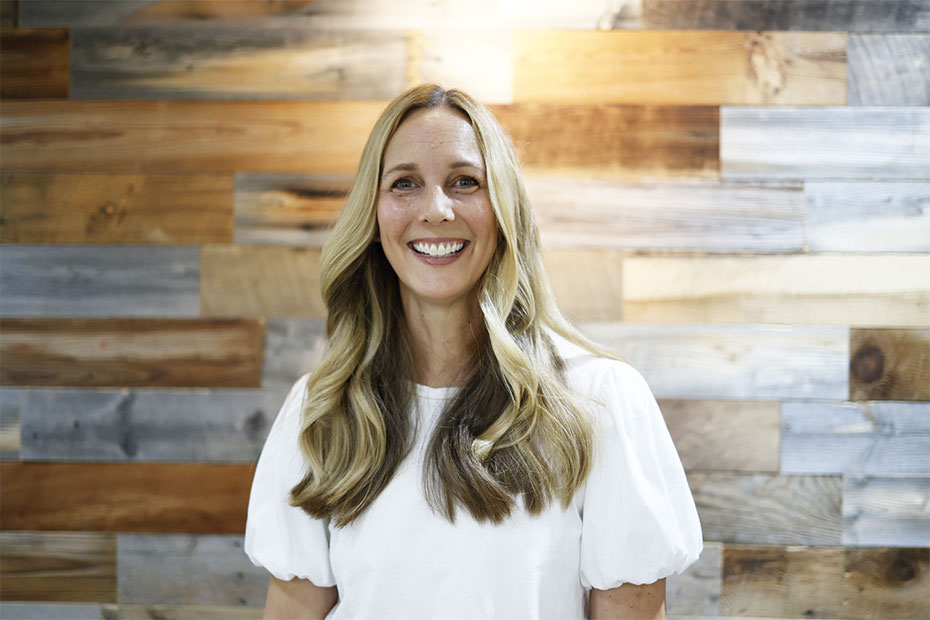A picture is worth 1,000 words—view the outstanding results from Backus Orthodontics
Before and After Photos
Whether you’re looking for a general improvement in your smile or you have serious dental issues like crowding, overlapping, or crooked teeth, you’ll find the right fit from Dr. Bakus and his team. We strive to provide every patient with a beautiful smile they’re proud to show off in a relaxed, comfortable environment. You can see actual smiles before and after treatment with traditional metal braces or Invisalign® treatment, including upper braces, lower braces, or both. When ready for your brand-new smile, call our offices to book a complimentary assessment.
Learn More








